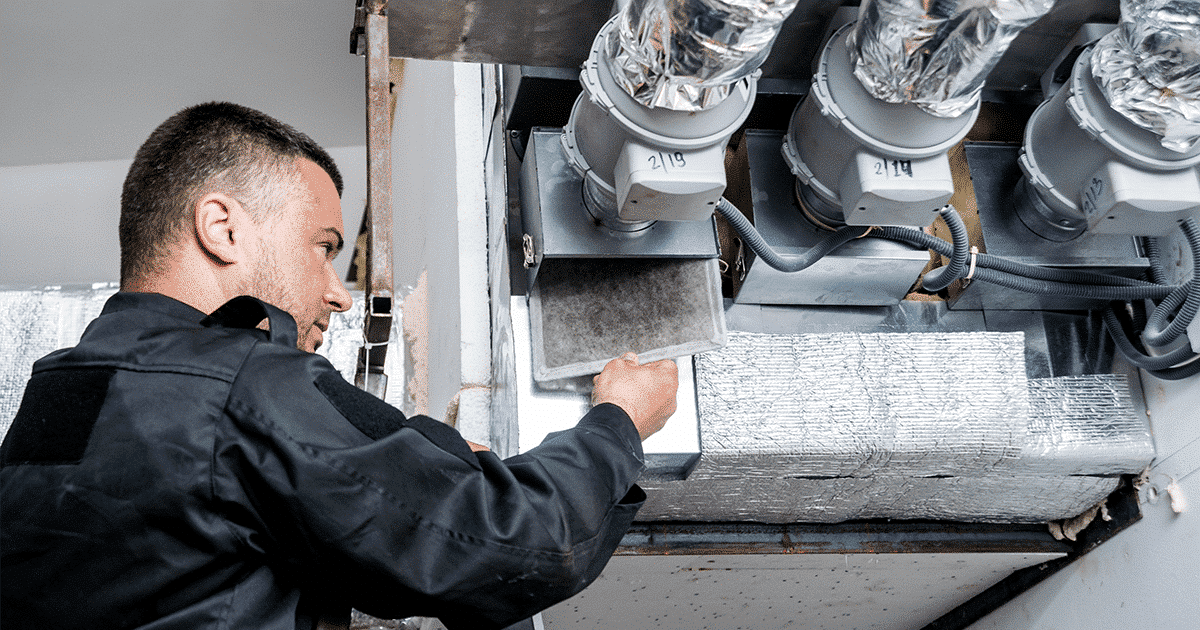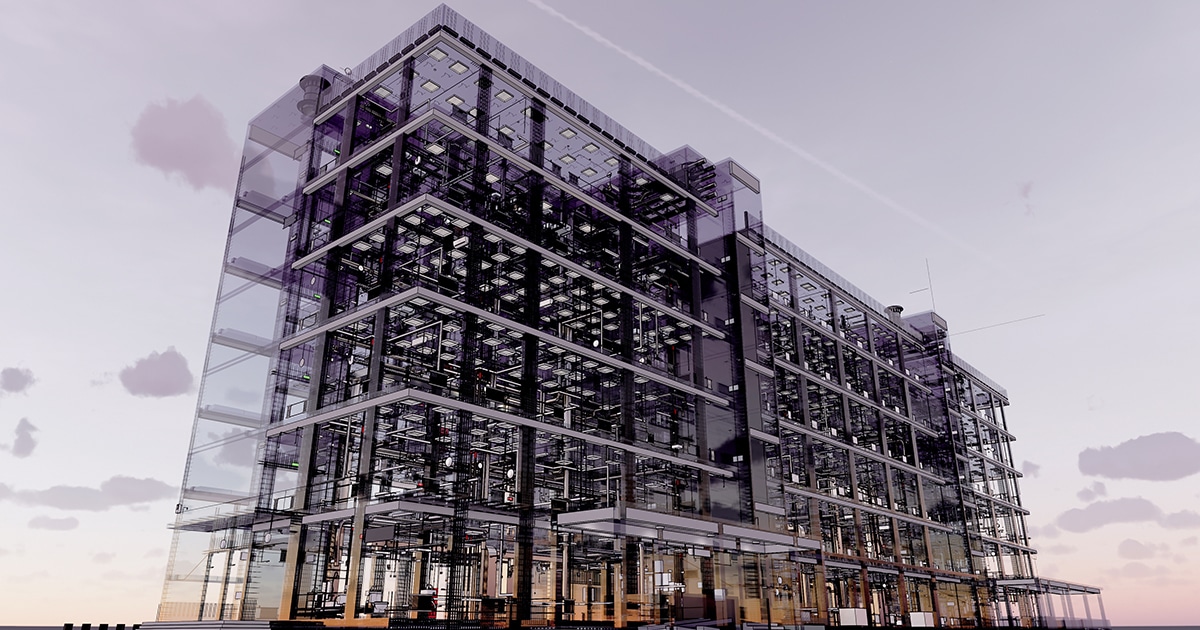The past several posts have emphasized the value of IWMS+ for building users and managers. However, some of the most anticipated applications of this technology are aimed above all at service providers. Maintenance staff provide a wide range of services within buildings, ranging from keeping elevators running, monitoring and managing critical systems like plumbing and HVAC, to making as-needed repairs to building assets. Particularly when maintenance functions well, these services are practically invisible. Yet maintaining uptime, maximizing the lifetime of building assets, and being responsive to user requests all generate important returns to building owners, saving money while making it easier to attract and retain tenants.
An IWMS is essential to managing maintenance in complex building sites or portfolios. The IWMS centralizes all essential information about maintenance staff (including skill sets, work schedules, contact information) as well as about assets (such as warranty information, maintenance history, parts inventory), allowing facilities managers to develop long-term maintenance plans, establish clear workflows, checklists, and inspection protocols. The smart building component of the IWMS+ has the potential to enrich this information in several ways, depending on precisely which types of sensors have been enabled.
Upgrading reactive maintenance
For buildings that largely rely on user-centric sensor systems like utilization and occupancy monitoring, the value of the IWMS+ comes largely from improving the service provider-user connection. Smart building solutions typically give users access to a range of interactive touchpoints (e.g. mobile apps, kiosks), which can double as a tool for submitting service requests. A well-developed workplace app will allow users to enter not just required fields, but contextual information like photographs that can give maintenance workers a better understanding of the problem. Apps might also provide a way for maintenance staff to keep users updated about the status of their work orders. In addition, real-time visualization of occupancy or reservation information can also help maintenance staff time their interventions to take place with minimal disruption.
When a comfort monitoring system is also in place, as discussed last week, it can also be tied to maintenance ticketing systems to automatically send out alerts when key indicators like humidity, volatile organic compounds, or temperature fall outside of normal ranges. Such alerts would trigger further investigation, potentially identifying faulty equipment, the need to replace air filters, or other factors undermining the performance of building assets. This is particularly valuable for remote maintenance operations, as it helps technicians time their site visits and potentially even pre-empt complaints.
Enabling predictive maintenance
The real potential for the IWMS+ in maintenance operations, however, comes from linking the IWMS to a wider array of sensors that monitor key building assets. For example, sensors could be installed throughout a building’s elevator systems to monitor the performance of individual components, measuring heat generation through to speed and vibration. Over time, these data could be processed using machine learning techniques to form a baseline of how well-functioning elevator components should perform (or, alternatively, what failures look like). Once a baseline is established, even minor deviations can serve as warning signals that alert facilities staff of potential failure.
By monitoring the system directly, rather than focusing on the outputs (as in the example above), interventions can be staged predictively rather than reactively, maximizing uptime and potentially extending the asset’s lifespan. Other benefits include better management of parts inventory and more efficient, targeted use of technicians’ time. However, installing the sensors, collecting enough high-quality data over time, and hiring the data scientists to develop robust predictive algorithms constitute a significant investment and may not be appropriate for all buildings. That said, this approach – which effectively creates a building digital twin – is an important stepping stone on the way towards fully autonomous buildings.
Better maintenance at all levels of maturity
What this discussion reveals is that IWMS+ solutions can provide actionable insight and better service for all organizations, regardless of whether they focus on reactive maintenance, rely on condition-based maintenance, or are moving towards fully predictive maintenance. The rich data and user interface of the IWMS combined with real-time triggers from smart building technologies can improve maintenance workflows and responsiveness, resulting in a better building environment for everyone.
This post is Part 7 of an ongoing series on IWMS+. Earlier posts introduced the concept of IWMS+ and a range of smart building topics. If you’d like to receive notifications about future additions to this series and other Spacewell knowledge content, please sign up here.









